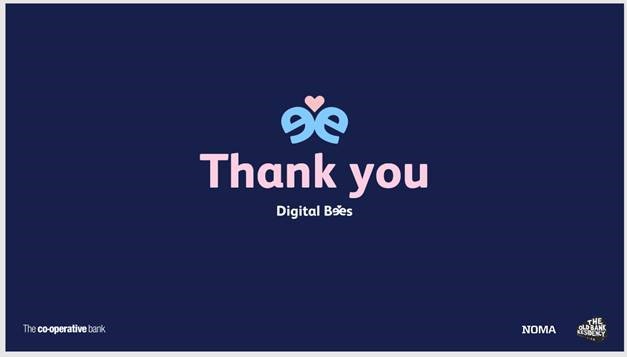
The public sector has never been in a more exciting period for digital transformation. While this transformation has meant we’re better able to respond to evolving user needs more quickly, we’ve barely scratched the surface of how technology will transform this sector in the future.
But in the public sector, where resources, time, and budgets are often tight, delivering new services that deliver value quickly is critical. This is where understanding how to accelerate your discovery phase can be an enormous advantage.
But what does accelerating discovery really mean? In this post, we’ll take a look at the agile delivery lifecycle and explain why accelerating discovery is more than just speeding things up.
What is the discovery phase in digital service delivery?
Whether we’re planning a big purchase or a new digital service, very few of us are likely to rush in and make a snap decision.
Instead, our first port of call is to do research. If we think about buying a car for example, we might ask for recommendations from friends, or go for a test-drive. This helps us understand the problem we want to solve and make an effective decision. In the Government Digital Services framework, this research and understanding phase is known as discovery.
In discovery, a team’s primary goal is to build a picture of the needs and requirements of service users. This involves understanding how they’re using the service, what they’re trying to achieve, and if there are any changes that can improve this experience. It also involves identifying any risks, constraints, issues, assumptions and dependencies, as well as understanding how a new digital service may fit alongside existing ones.
This information helps teams decide if the benefits of solving the problem outweigh the costs of building or improving the service, and enables them to move to proposing solutions for the problem and testing on real users.
What do we mean by ‘accelerated discovery’?
Discovery is a critical part of any service delivery because it enables us to understand the problem in more depth, research the needs of different user groups, and validate what you need to do based on evidence.
But when we talk accelerating this phase of the agile lifecycle, we don’t just mean speeding things up.
Accelerated discovery is about seeing results sooner
The key purpose of accelerating your discovery phase is that it means you can see results sooner. This means you can see whether or not your proposed solution solves the problem, allowing you to change direction if necessary.
Accelerating discovery also means that teams are able to deliver value closer to the start, rather than finding out whether a solution will work at the end of an eight-week discovery process.
Accelerating discovery focuses on lean processes…
The average discovery phase usually takes around eight to 12 weeks to complete — sometimes longer. However, for organisations that need to solve a problem as soon as possible, this can often be too long.
Instead, accelerating discovery takes a leaner approach. By streamlining processes such as interviews and insight collection, teams can move more quickly into the testing phase. This means they reduce the amount of potential rework or waste later on.
… But it isn’t about prioritising speed over quality
There can be a misconception that accelerating discovery means rushing this crucial phase of digital delivery — but that’s not the case.
Accelerating the discovery phase means that teams spend less time exhausting every angle or option of a solution. Instead, they ask themselves often if they have enough information to start testing some of their hypotheses. This doesn’t mean that research ceases early either — research is carried out on a continuous basis throughout the delivery to continue testing solutions at every stage.
Want to learn more?
This post provides just a snapshot of our recent whitepaper: Accelerating discovery in public sector digital service delivery. To find out more about how to accelerate discovery in your organisation, download the whitepaper now for free.
To find out more about how we can help your organisation accelerate your discovery phase and beyond, click here to get in touch.









